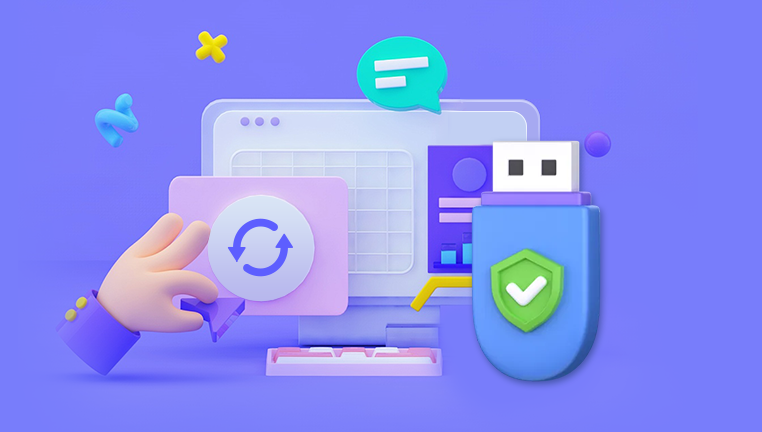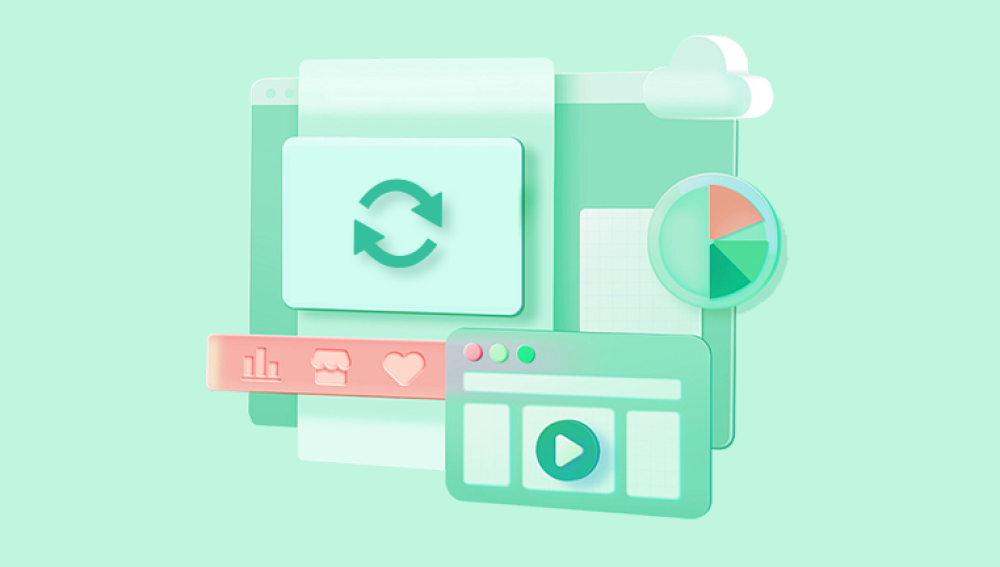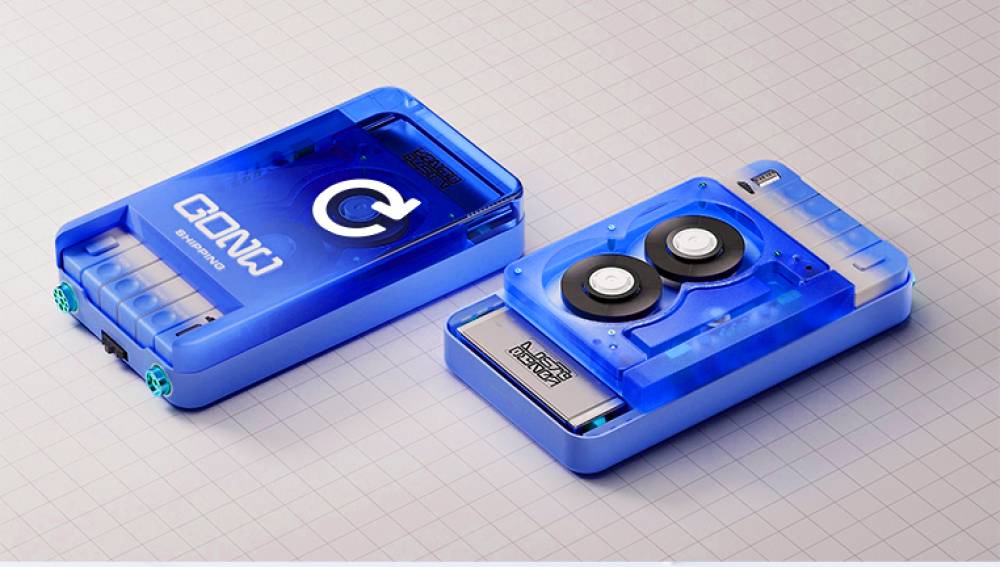Recovering corrupted files from a USB drive is often possible,depending on the extent of the damage and the methods used.Here is an extensive guide covering the various aspects of USB file recovery,structured into key sections:
1.Understanding USB Corruption
What Causes USB Corruption?
USB drive corruption can occur due to various reasons,including:
Physical Damage:Dropping or mishandling the USB can damage internal components.
Improper Ejection:Removing the USB drive without safely ejecting it can lead to file system corruption.

File System Errors:Errors in the file system can occur from various operations or software issues.
Viruses and Malware:Malicious software can corrupt files and make data inaccessible.
Power Surges:Sudden power surges can corrupt the data on the drive.
Symptoms of USB Corruption
Inaccessible Files:Files cannot be opened or read.
Unrecognized Drive:The USB is not recognized by the computer.
Error Messages:Messages such as"Please insert a disk into USB drive"or"The file or directory is corrupted and unreadable."
2.Preliminary Steps for Recovery
Check the USB Port and Cable
Ensure the USB port and cable are functioning correctly.Try connecting the USB drive to different ports or another computer.
Scan for Viruses
Run a comprehensive antivirus scan to eliminate the possibility of malware causing the corruption.
Use Built-In Tools
Most operating systems have built-in tools to check and fix file system errors.For Windows,you can use:
CHKDSK(Check Disk):This command-line utility scans the file system and repairs logical file system errors.
Open Command Prompt as an administrator.
Type chkdsk X:/f(replace X with the drive letter of your USB).
Press Enter and follow the prompts.
3.Manual Recovery Methods
Using Disk Management
Sometimes,the issue can be fixed using Disk Management:
Press Win+X and select"Disk Management."
Locate the USB drive,right-click,and select"Change Drive Letter and Paths."
Assign a new drive letter and check if the drive becomes accessible.
Using Command Prompt
You can attempt to recover files using Command Prompt commands:
Open Command Prompt as an administrator.
Use the following commands:
DiskPart:Manage partitions and volumes.
diskpart
list disk
select disk X(replace X with the USB disk number)
list volume
select volume X(replace X with the USB volume number)
assign letter=X(replace X with a new drive letter)
exit
Attrib:Change file attributes to recover hidden or inaccessible files.
attrib-h-r-s/s/d X:*.*(replace X with the USB drive letter)
4.Preventive Measures
Regular Backups
Maintain regular backups of important data to prevent data loss.
Proper Ejection
Always eject the USB drive safely to avoid file system corruption.
Antivirus Protection
Keep your system protected with updated antivirus software to prevent malware attacks.
Avoid Overloading
Avoid filling the USB drive to its maximum capacity to reduce the risk of corruption.
Use Quality USB Drives
Invest in high-quality USB drives from reputable manufacturers to ensure better durability and reliability.
5.Professional Data Recovery Services
If all else fails,consider professional data recovery services.These services have specialized equipment and expertise to recover data from severely damaged USB drives.Ensure you choose a reputable service provider with good reviews and transparent pricing.
How to Choose a Data Recovery Service
Reputation:Look for companies with positive reviews and testimonials.
Certifications:Ensure they have necessary certifications and a clean room environment.
Success Rate:Inquire about their success rate for similar cases.
Cost:Get a clear estimate and compare it with other providers.
Process of Professional Recovery
Initial Consultation:Provide details about the issue and the data you need to recover.
Diagnosis:The service provider will diagnose the USB drive and provide a recovery plan.
Recovery:The provider will use specialized tools and techniques to recover the data.
Delivery:The recovered data is delivered to you,often on a new USB drive or other media.
Recovering corrupted files from a USB drive is a multi-step process that requires patience and careful execution.By understanding the causes of corruption,using built-in tools,leveraging data recovery software,and considering professional services when necessary,you can maximize your chances of successful data recovery.Regular backups and preventive measures are essential to safeguard your data and prevent future occurrences of USB drive corruption.




